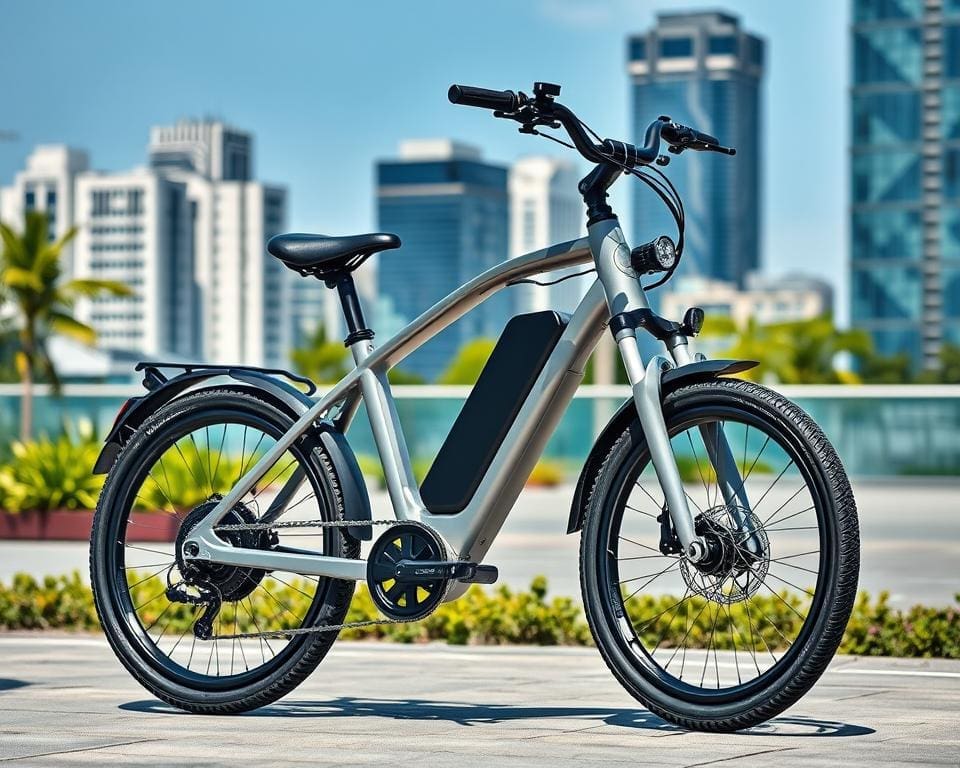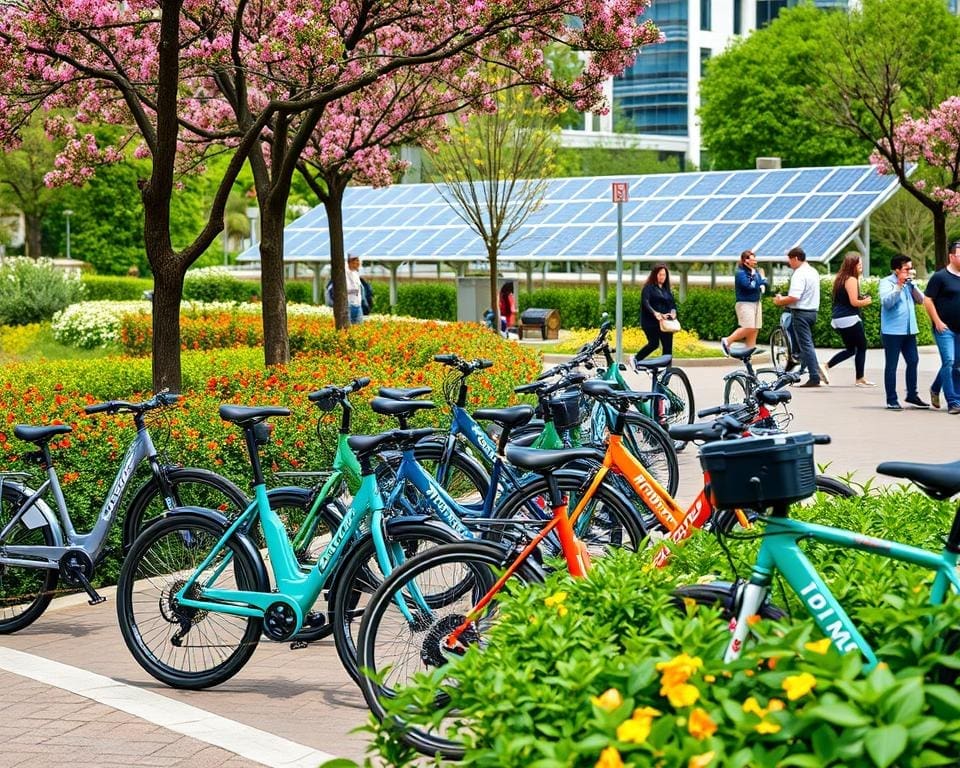In recent years, Electric Bicycles have emerged as a pivotal solution for those seeking eco-friendly commuting options. With increasing awareness surrounding environmental issues, especially in urban areas, these innovative modes of transport are becoming increasingly popular. A report from the Department for Transport highlighted a dramatic surge in cycling during the COVID-19 pandemic, showcasing a trend that aligns perfectly with the principles of sustainable transport. By choosing electric bicycles, commuters can significantly reduce air pollution and diminish reliance on fossil fuels, ultimately promoting green mobility for a cleaner future.
Understanding Electric Bicycles
Electric bicycles have transformed the way we perceive cycling, offering a blend of traditional pedalling with innovative technology. Understanding the mechanics and components of electric bicycles is crucial for anyone considering this eco-friendly mode of transport. A typical electric bike consists of an electric motor, battery, and various controls that enhance riding experiences.
What is an Electric Bicycle?
An electric bicycle, often referred to as an e-bike, is a bike equipped with an electric motor that assists the rider during pedalling. This assistance can make it easier to navigate hills and travel longer distances without as much physical exertion. Riders can choose different levels of electrical assistance or opt to ride purely manually, giving them flexibility based on their fitness levels and preferences. The growing popularity of electric bicycles stems from their user-friendly nature and the joy of environmentally friendly cycling.
How Electric Bicycle Technology Works
Electric Bicycle Technology operates primarily through a system of sensors, motors, and batteries. The motor activates when the rider pedals, providing assistance that varies based on the selected mode. The battery powers the motor and can be recharged using standard electrical outlets. Additionally, many electric bicycles feature regenerative braking systems, which recharge the battery during braking. This not only extends the range of e-bikes but also contributes to a more sustainable cycling experience.
Differences Between Electric Bicycles and Traditional Bicycles
Understanding the Differences Between Electric Bicycles and Traditional Bicycles can enlighten potential buyers on the advantages of e-bikes. Key differences include:
- Pedal Assistance: Electric bicycles provide additional power, making them easier to ride for extended periods.
- Accessibility: E-bikes cater to a broader range of fitness levels, encouraging more people to cycle.
- Range: Electric bicycles can cover longer distances with less effort, expanding commuting possibilities.
This comparison highlights the unique benefits of electric bicycles, not just for recreational riders but also for those seeking practical solutions for daily commutes.

Electric Bicycles: Eco-Friendly Commuting Options
The rise of electric bicycles transforms daily travel for many commuters. A notable preference for these models is the array of benefits that stem from choosing them for commuting. Understanding how they integrate into broader transport strategies is essential to appreciate their full potential in promoting greener cities.
Benefits of Choosing Electric Bicycles for Commuting
Electric bicycles offer numerous advantages for those engaged in bike commuting. Some of the key Electric Bike Benefits include:
- Cost savings on fuel and public transport fares, leading to significant financial relief.
- Improved health through increased physical activity that integrates seamlessly into daily routines.
- Reduced commuting times thanks to the ability to navigate through traffic efficiently.
The Role of Electric Bicycles in Sustainable Transport
Electric bicycles play a pivotal part in advancing sustainable transport initiatives. Cities like London and Bristol exemplify how these vehicles contribute to governmental strategies aimed at reducing carbon emissions and enhancing public transport systems. Their integration into existing infrastructure showcases a commitment to environmental stewardship.
How Electric Bicycles Promote Green Mobility
Promoting electric bicycles actively supports the notion of green mobility. With declining car usage and a shift towards alternative transport options, cities witness a positive impact on air quality and urban congestion. Embracing electric bikes fosters a culture where environmentally friendly commuting becomes the norm, making urban areas cleaner and more sustainable.
Embracing Electric Bikes in Daily Life
Integrating electric bicycles into daily routines is not only a practical choice but also a significant lifestyle enhancement. Choosing the right model involves considering factors such as battery life, weight, and riding comfort. It’s essential to select a bicycle that aligns with your commuting needs, whether it’s for short trips or longer journeys. Understanding battery care is equally crucial; proper maintenance can extend the life of your electric bike, ensuring it remains an efficient tool for eco-friendly commuting options.
Safety is paramount when navigating urban landscapes. Familiarising oneself with local cycling routes can greatly enhance the experience of riding an electric bicycle, promoting confidence and encouraging more frequent use. With the increasing popularity of electric bike-sharing schemes across the UK, users can easily access these sustainable transportation options without the commitment of ownership. This trend not only fosters a community spirit but also emphasizes the role of electric bicycles in paving the way for green mobility.
Furthermore, statistics indicate a remarkable uptick in bike usage, demonstrating a growing awareness of the environmental benefits associated with electric bicycles. As cities evolve, embracing electric bikes serves as a testament to a commitment to a healthier environment and society. By making this switch, individuals contribute to a collective movement, reaping the rewards of eco-friendly commuting options while enhancing their overall quality of life.









